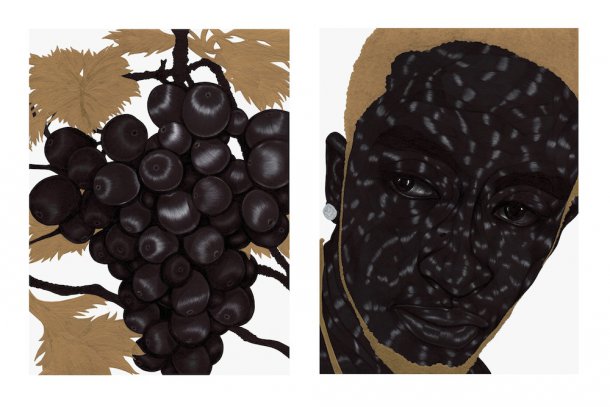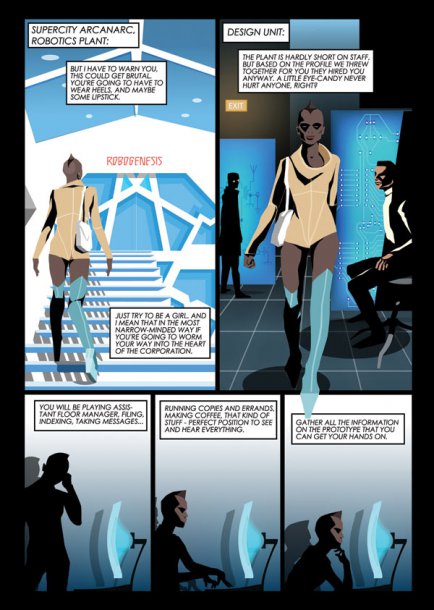A artista nigeriana Toyin Odutola em entrevista: raça, representação e inspiração
Publicado19 Mar 2015

Toyin Odutola é uma artista nigeriana que se radicou nos Estados Unidos, residindo actualmente em Nova Iorque. Enrevistada pela curadora Ashley Stull, fala do seu percurso e influências, abordando os temas de raça, representação e inspiração.
A entrevista completa, na Bomb MagazineAshley Stull -You've fairly recently moved to New York after significant periods in Nigeria, Alabama and California. Is this home now? How did you make that decision and how has it affected your studio?
Toyin Odutola - I never would have imagined I'd end up in New York. The concept seemed beyond me, because when you claim that address there is something very official about it, like "I'm a professional now." The crazy trajectory of homes that led me to New York all informed me in ways that precipitated the jump. I have no idea how long I will stay, but being in the city has changed me immensely. You have access to such a diversity of culture (and so much of it) that it inexorably comes into the work. For instance, I never would have imagined that I would create an eight feet long charcoal and pastel drawing, but that happened this year with LTS IX (2014). I’ve also made a ballpoint and marker pen drawing that's sixty-six inches tall, Rather than look back, she chose to look at you (2013). That's what New York is all about: scale. Things get more ambitious, you take more risks, you invest more time—because the city demands that of you.
AS- How did you arrive at ballpoint pen? It communicates dark tones beautifully, but what works about it so differently from other materials—like charcoal? I know you also work in charcoal and marker, but pen seems born out of something interesting I hope you can unpack.
TO- I came to ballpoint pen with a need to render how skin felt like to me. It's a tool that seems to translate more empathetically what I was trying to portray… skin as a striated terrain, and in a broader sense, the concept of a portrait as a platform for creating a sense of place. The sheen is the key. When I press the pen into the surface of paper, board or wood, a sort of engraving is taking place, akin to the process of printmaking. The magic of viscous fluid is that the darkest areas, the relief-like marks, also become the lightest areas by simply changing one's point of view. Light and shadow play are what make the pen and ink interactive. I have worked with graphite and charcoal and all are successful in their own way, but there is something very singular about the viewing process of pen ink that sets it apart from the others.
It's incredibly inspiring conceptually, and over time the ballpoint pen has been the driving force for a number of explorations.

